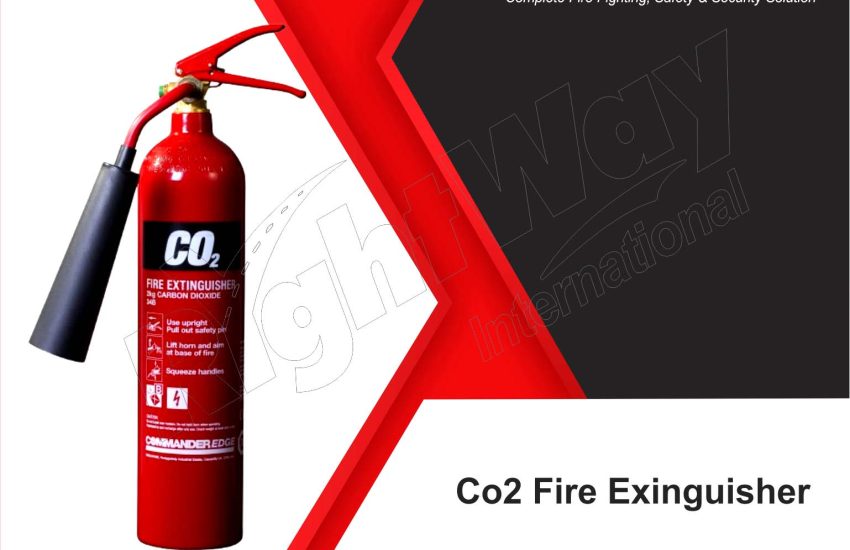Explain CO2 Fire Extinguisher are essential tools in fire safety, particularly effective for certain types of fires. This guide will explore what CO2 extinguishers are, how they work, their applications, and maintenance best practices, ensuring you have a thorough understanding of their importance.
What is a CO2 Fire Extinguisher?
A CO2 (carbon dioxide) fire extinguisher is a type of fire extinguisher that uses carbon dioxide gas to extinguish fires. CO2 extinguishers are effective against Class B (flammable liquids) and Class C (electrical) fires. They work by displacing oxygen and cooling the fire, making them a vital resource in various environments.
How CO2 Fire Extinguishers Work:
CO2 fire extinguishers operate by releasing carbon dioxide gas, which smothers the fire. The key mechanisms include:
- Oxygen Displacement: CO2 displaces oxygen in the vicinity of the fire, which is essential for combustion.
- Cooling Effect: As the gas is released, it cools the area, helping to prevent re-ignition.
Advantages of CO2 Fire Extinguishers:
- Non-Contaminating: Unlike dry chemical agents, CO2 leaves no residue, making it ideal for use in clean environments like labs and server rooms.
- Electrical Safety: Safe to use on electrical fires, making them perfect for offices and data centers.
- Effective Cooling: Quickly cools the fire, reducing the chance of re-ignition.
Applications of CO2 Fire Extinguishers:
CO2 fire extinguishers are commonly used in:
- Commercial Kitchens: Effective against grease and electrical fires.
- Laboratories: Ideal for areas with sensitive equipment.
- Data Centers: Protects electronic equipment from fire without leaving a residue.
Standards and Regulations:
Adhering to standards is crucial for the safety and effectiveness of CO2 fire extinguishers. Important standards include:
- NFPA (National Fire Protection Association): Provides guidelines for the use and maintenance of fire extinguishers.
- ISO (International Organization for Standardization): Establishes international fire safety standards.
- UL (Underwriters Laboratories): Certifies fire extinguishers for safety and performance.
Choosing the Right CO2 Fire Extinguisher:
When selecting a CO2 fire extinguisher, consider the following factors:
- Size and Capacity: Ensure the extinguisher is appropriate for the area it will serve.
- Mounting Options: Install in easily accessible locations, following local fire safety regulations.
- Extinguisher Ratings: Verify that the extinguisher is rated for the types of fires you may encounter.
Maintenance and Safety Tips:
To ensure the proper functioning of CO2 fire extinguishers:
- Regular Inspections: Check extinguishers monthly for pressure and condition.
- Annual Servicing: Have extinguishers professionally serviced at least once a year.
- Training: Provide training for staff on the proper use of CO2 extinguishers.
Conclusion:
CO2 fire extinguishers are vital for fire safety in various environments, particularly where electrical equipment is present. Understanding their function, applications, and maintenance practices is essential for effective fire prevention and response. By following safety standards and ensuring regular training, you can enhance the safety of your environment.


